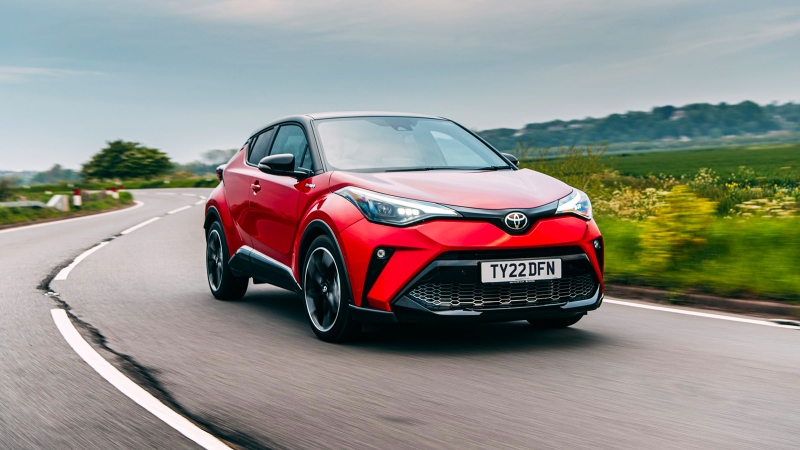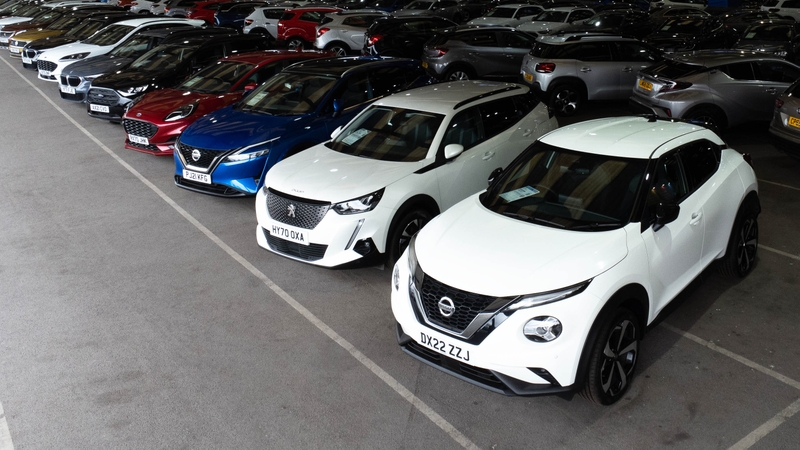
Kia Stonic engines, driving and performance
Gallery
How does the Kia Stonic drive?
The Kia Stonic drives as well as it needs to. It’s not fun or interesting, and you might well forget your journey, but it’s a fuss-free way to get to where you’re going. The light steering is a boon in town but can make you feel uninvolved at higher speeds.
The gearshift is also light and slick, making the whole driving experience feel easy. Body roll is kept to a minimum around corners, so you shouldn’t upset your passengers.
Is the Kia Stonic comfortable?
Again, the Stonic is well-judged so most buyers will find it comfortable enough. We’d like the suspension to settle down a bit more – it can get jiggly over poor road surfaces. If comfort is a priority, there are better choices than the Stonic. But worse ones too.
On the motorway, there’s a little more wind and road noise that you get in rivals, but not so much that the prospect of a long journey is unbearable.
What’s the best engine to get?
The vast majority of Stonics are powered by a 1.0-litre turbocharged petrol engine. That’s par for the course in the small SUV market – you’ll find the same-sized engine in a variety of rivals from the Ford Puma to the Nissan Juke.

This is a modern-feeling engine that nicely balances performance and running costs. It’ll return almost 50mpg at a cruise, and feels peppy enough for the vast majority of driving circumstances. Only if you ask for full power will it feel strained, but that’s the same for similarly powerful rivals, too.
A very economical diesel engine was available at launch, and it’s worth hunting out if you’re largely going to be on the motorway. A 1.4-litre petrol engine was also available, but don’t think the bigger engine means more power – this non-turbo unit feels sluggish compared to the 1.0-litre turbo.
Every trim level is available with a choice of manual or automatic gearboxes.
Kia Stonic Performance
The 1.0-litre engine is available with 100hp or 120hp and, on newer cars, the latter has the benefit of mild-hybrid technology. This helps to reduce fuel consumption and slightly improves acceleration.
Neither engine is particularly quick, but neither feels painfully slow either. The 100hp engine takes 11.7 seconds to get from 0-60mph, while the 120hp engine reduces that to 10.4 seconds. You might not notice a vast difference in performance unless you drive them back-to-back.


















































